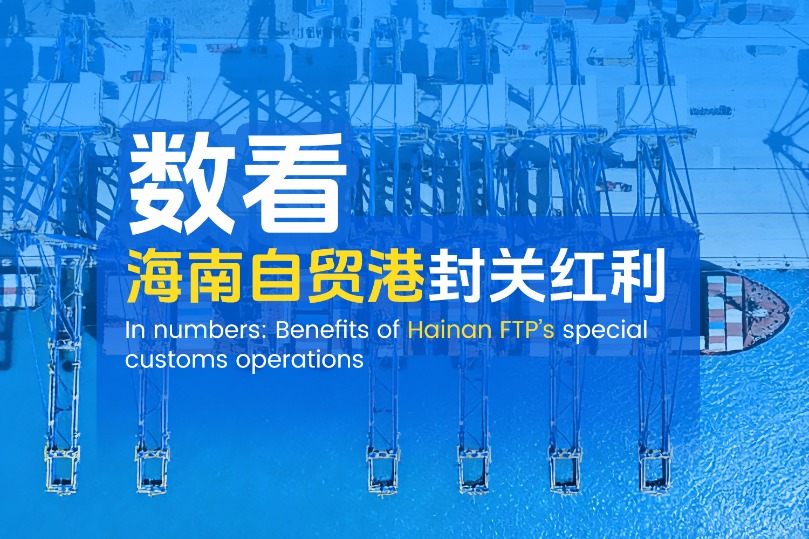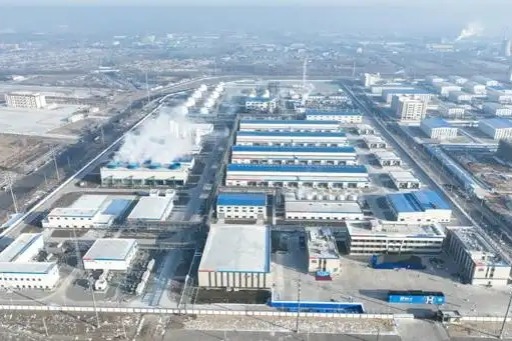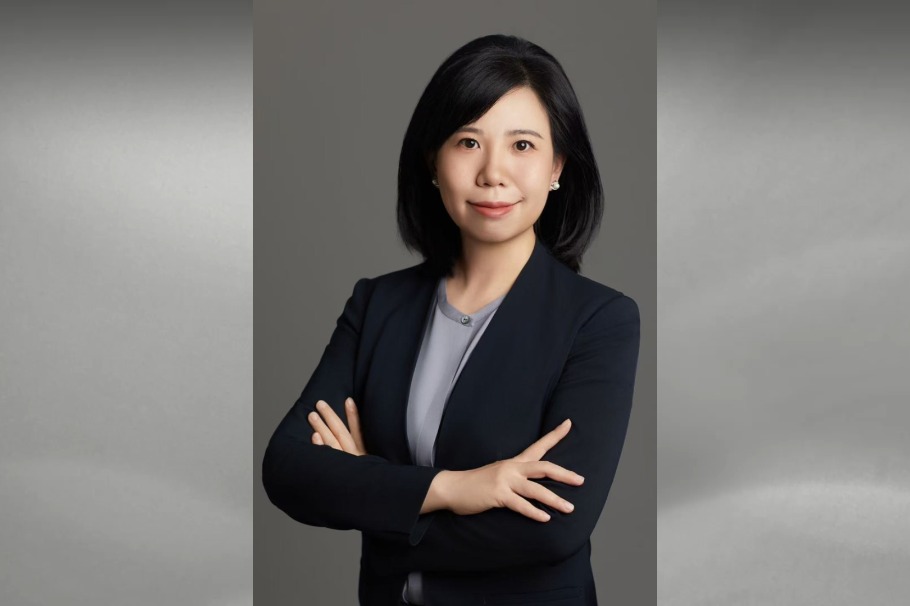Tech park project sets an example of cooperation

Paul Yeung says the proposed technology park at Lok Ma Chau Loop will be a good way for Hong Kong and mainland to work together and share skills on a mutually beneficial basis
Hong Kong and Shenzhen will jointly develop an innovation and technology park at Lok Ma Chau Loop. The 87-hectare Hong Kong-Shenzhen Innovation and Technology Park, with a site area four times that of the existing Hong Kong Science Park, will be the largest innovation and technology platform ever set up in Hong Kong. Undoubtedly, it is good news for the innovation and technology industry; the implications of the project are, however, greater than this. The project can be seen as a significant example of Hong Kong-mainland cooperation under the "One Country, Two Systems" framework in three aspects.

The first aspect is the land issue. The development of Lok Ma Chau Loop is not a new thing. Situated close to the boundary between Hong Kong and Shenzhen, the loop was originally within the administrative area of Shenzhen. It was delineated as part of the Hong Kong SAR following the completion of the Shenzhen River Regulation Project Stage I in 1997. The potential of the loop was then realized and the development plan was announced in 2007. However, due to its unique historical background, there are a number of considerations and constraints on the development, especially the land ownership issue and the mechanism for cooperation between the two cities.
Though a Hong Kong-Shenzhen Joint Task Force on Boundary District Development was set up in December 2007, a breakthrough did not come until the governments of the two sides signed a cooperation agreement as the framework to jointly take forward the development. Both sides agreed in 2011 to develop the loop into a "Hong Kong-Shenzhen special cooperation zone". This will be done under the principles of "One Country, Two Systems" and "co-development for mutual benefit". The long-running dispute over the land ownership of the loop was eventually settled on Tuesday; under the new agreement, Hong Kong will wholly own the properties in the proposed new park. All activities conducted within the zone will be subject to the SAR's jurisdiction. Hong Kong Science Park is designated to form a subsidiary company that will be responsible for the construction and management of the new park. The agreement and the model for cooperation could hardly be made without "One Country, Two Systems", as land is such a valuable resource to both sides.
Talent is the second aspect. To enhance the cooperation of skilled workers from different regions, the HKSAR Government is considering setting up a convenient entry and exit system for mainland employees in the park, which may be similar to the APEC Business Travel Card Scheme, allowing card holders to use a particular immigration lane and enjoy streamlined clearance. If the system is set up successfully, it will be a good example of enhancing the cooperation and interaction of skilled people from the two sides under "One Country, Two Systems" in the future.
Last but not least, the third aspect concerns industry. There have been questions raised about the purpose of this piece of land, as the previous development plan stated that both governments initially considered using this site mainly for the purposes of higher education. However, the core aim of the cooperation is to achieve a synergy effect for Hong Kong and Shenzhen, which is reflected in the public consultation. It is obvious that the higher education industry is no longer the most favored industry in Hong Kong - judging from recent comments. Instead, innovation and technology is a growing industry in Hong Kong, whereas Shenzhen has a well-known industry base.
The new park, blessed with the advantages afforded by the "One Country, Two Systems" policy, is expected to attract leading enterprises, research institutions and higher education institutes from Hong Kong, the mainland and overseas. Moreover, top universities in Hong Kong, including the University of Hong Kong, the Chinese University of Hong Kong and the Hong Kong University of Science and Technology, have all expressed eagerness to collaborate with the technology park. The universities say the park will facilitate the city's research and development. It can be used as a platform to address the need for innovation and high-tech education in the Pearl River Delta region. That means the park is also related to education in other ways.
As Chief Executive Leung Chun-ying said, the park will be the largest innovation and technology platform ever established in the history of Hong Kong. It will not only meet the future development needs of both cities, but also consolidate the strategic position of Hong Kong and Shenzhen.
The well-known industrialist Henry Ford once said: "Coming together is a beginning. Keeping together is progress. Working together is success." The memorandum signed by the two sides on Tuesday to develop the Lok Ma Chau Loop is just the beginning. The SAR government still needs to seek legislative approval of the budget for the project. For Hong Kong's future success, it's our New Year wish that the plan for cooperation is put into practice soon.
(HK Edition 01/06/2017 page1)
Today's Top News
- Experts: Lai not freedom fighter, but a pawn of the West
- Hainan evolves as gateway to global markets
- Opening up a new bridge between China and world
- Tour gives China-Arab strategic trust a boost
- China accelerates push for autonomous driving
- Opening of new gateway can help foster global economic and trade cooperation






























